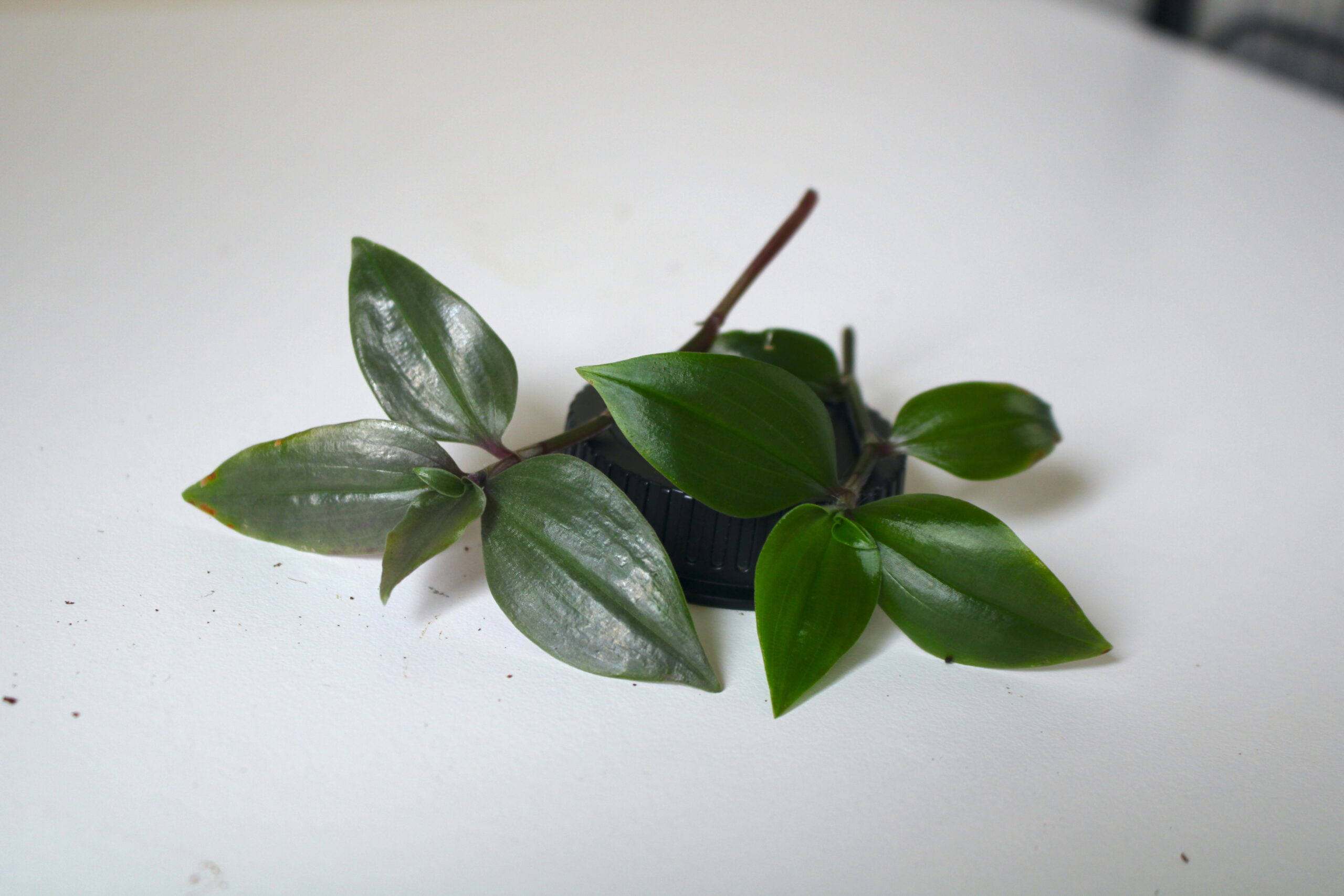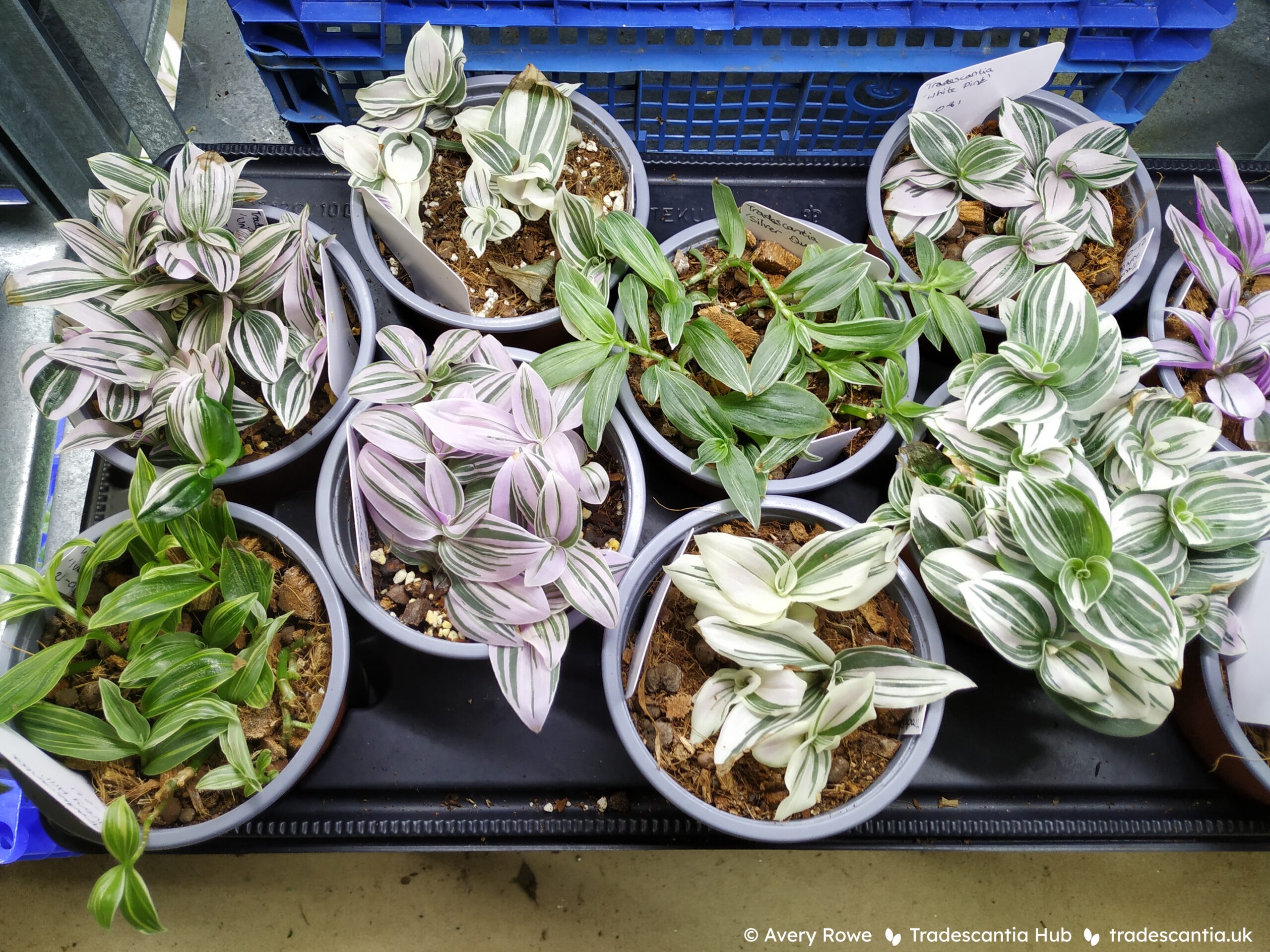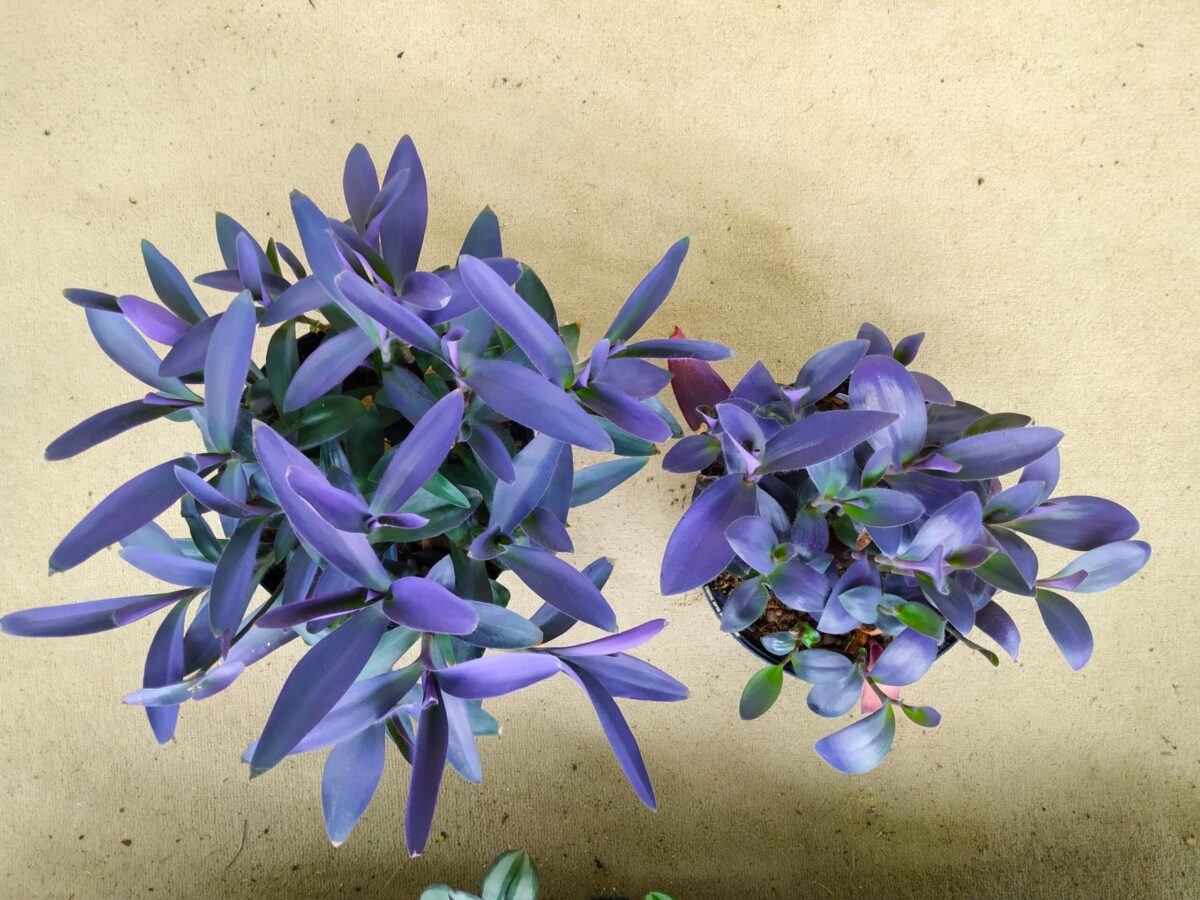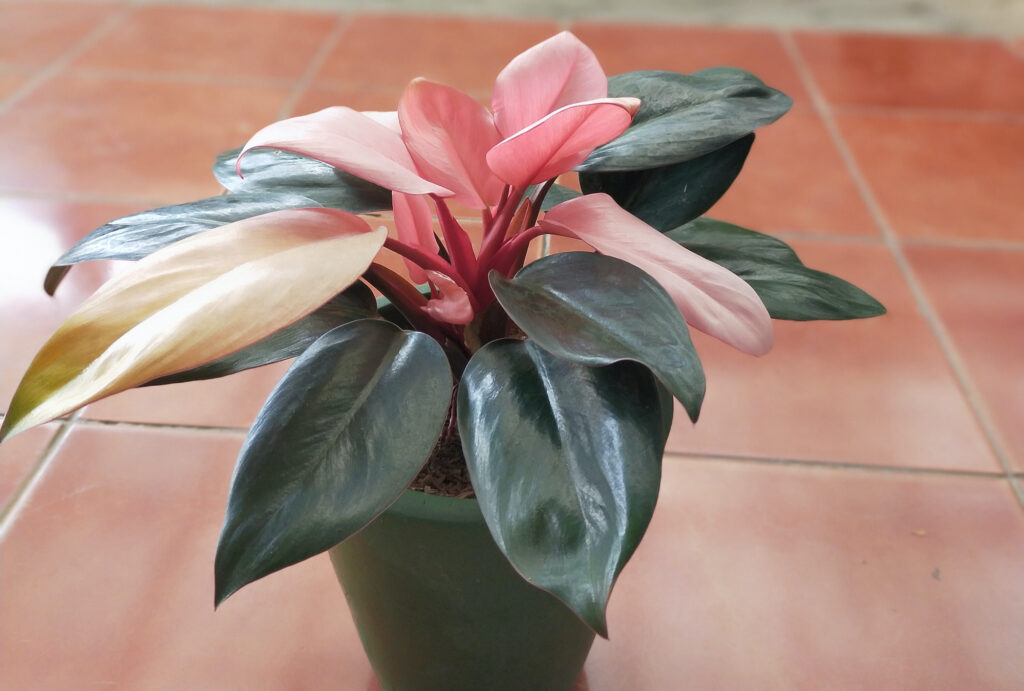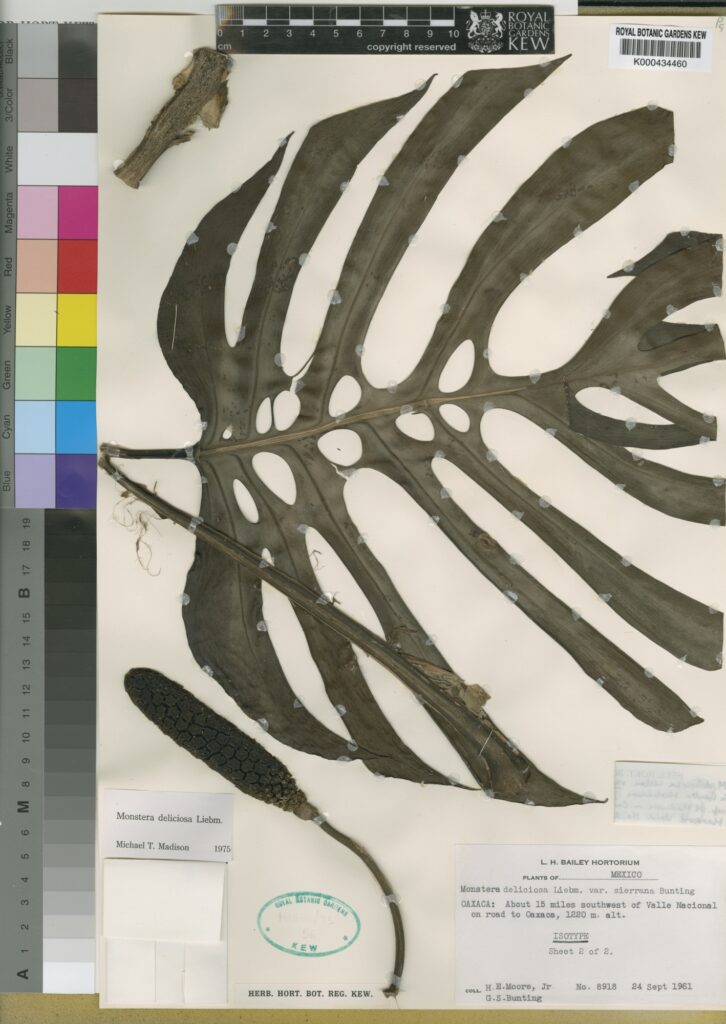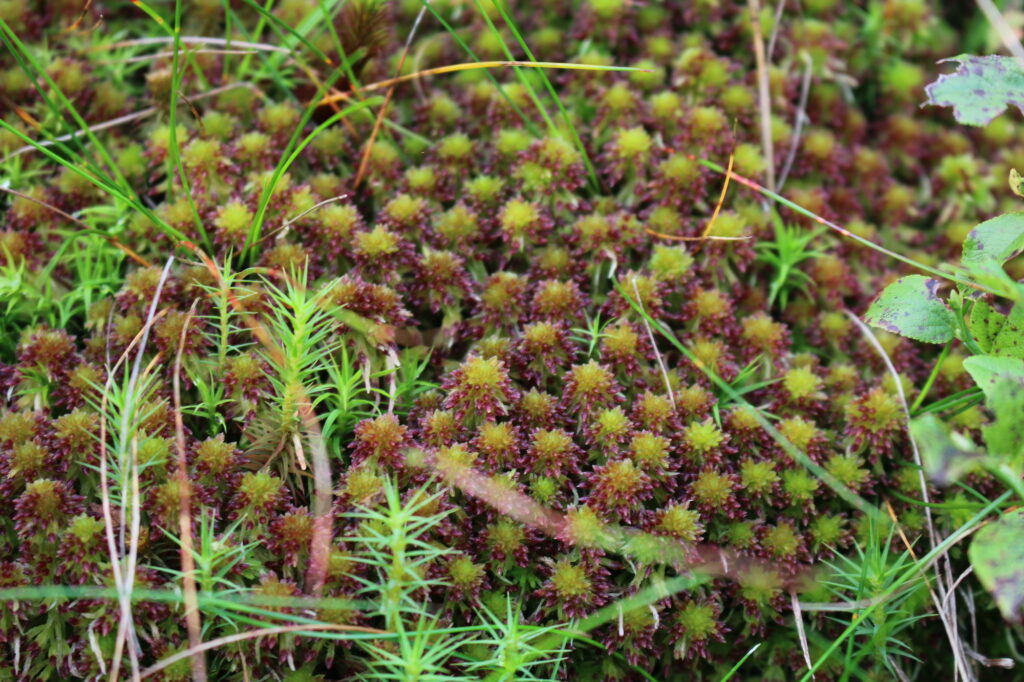Tradescantias are semi-succulents, which means they’re much more tolerant of drought than a lot of plants. It also means that they’re a lot less obvious about it when they eventually do get thirsty. Growing tradescantias as houseplants is very different from having “drama queens” like coleus, nerve plants, and polka dot plants.
Articles
Throughout history this name has been used in many different ways. There’s a lot of confusion and uncertainty over what plants it really refers to, or whether it should be used at all. This article will explain some of the history, the ways it’s currently used, and what’s scientifically accepted today.
You might have noticed some ‘Purple Heart’ plants look different to others. That’s because there are actually two different types!
Sometimes this plant is labelled as Tradescantia × andersoniana ‘Blushing Bride’, and sometimes it’s labelled as Tradescantia fluminensis ‘Maiden’s Blush’. But these names actually refer to two completely different cultivars!
Some people have suggested the plant has symptoms of a viral infection. Some have even gone as far as to claim that the plant should be quarantined or banned from sale for fear that it’s contagious. Others have grown the plant for years and report no evidence of the symptoms spreading to nearby plants.
This is a topic that causes a lot of confusion, so I wrote this summary on correct and incorrect names in Commelinaceae!
If you’ve been interested in houseplants for more than a year or two, you probably already know the original “Pink Congo” story. A few years ago, a new plant called Philodendron “Pink Congo” came onto the scene. Its lower leaves are dark green, but the new leaves at the top are bright pink. It quickly became a wild hit among tropical plant enthusiasts and prices skyrocketed.
Plant names can be complicated. It seems like it should be easy enough to refer to a plant and have another person know what you’re talking about. But as soon as you get into plant-related conversations you quickly end up in a tangle of Latin, confusion, and even misinformation.
Like any popular conversation topic in the age of the internet, Monstera deliciosa has attracted its share of controversy and misinformation. In this article I’ll address one particular discussion that pops up regularly: the identity of Monstera borsigiana.
Recently there’s been increasing media attention on peat, how it’s used in growing plants, and its effect on the environment. There’s often some misunderstanding about what exactly peat is and where it comes from, and lots of people don’t realise how much it’s used or what the implications are. This article should clear some things up!

